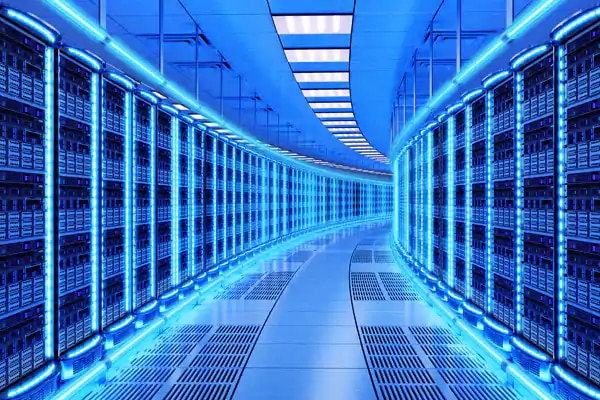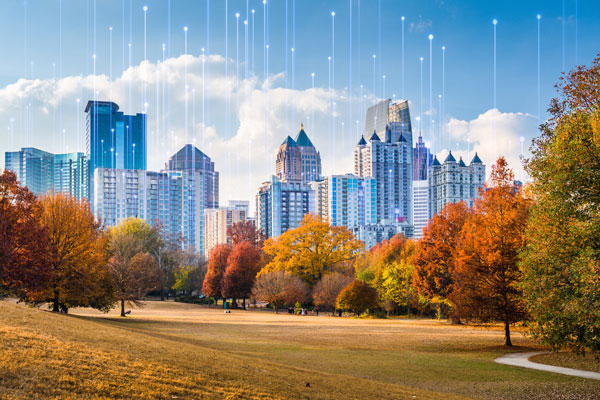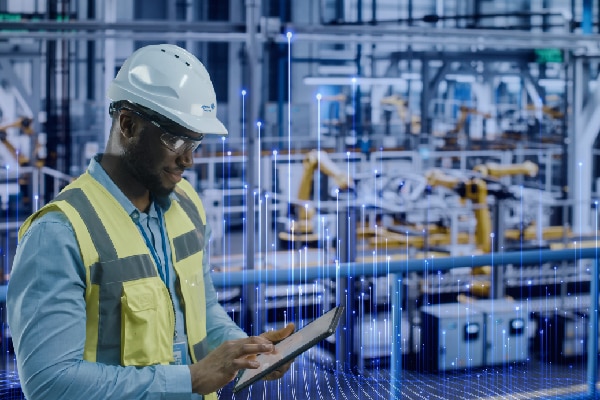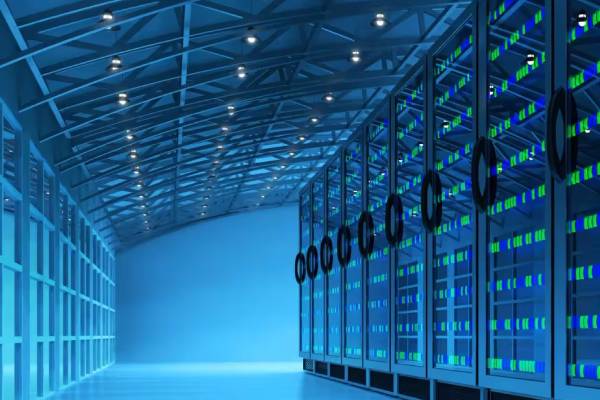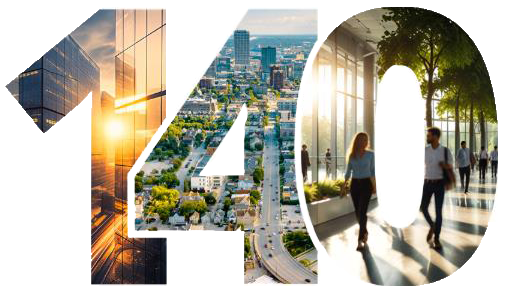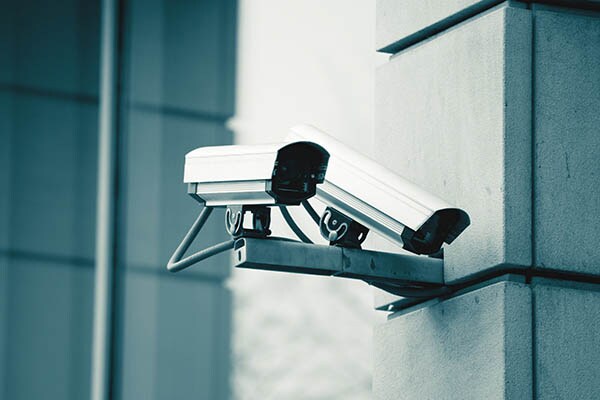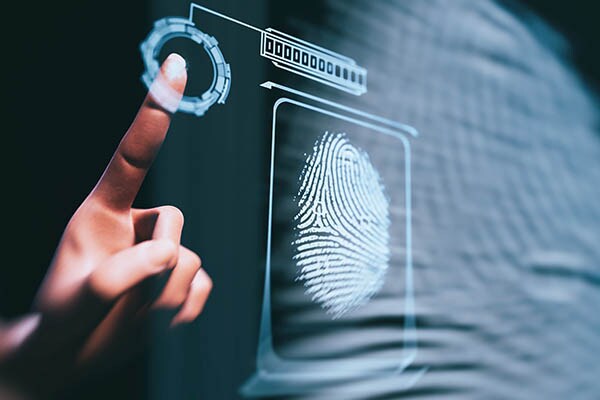- Johnson Controls
- Building Insights
- AI’s Revolutionary Role in Security
AI’s Revolutionary Role in Security
Artificial Intelligence (AI) is making an impact on the solutions in the security industry and is being incorporated across multiple product categories to support faster processing times and accelerate workflow.

By James McKnight, Product Manager, Security Products, Johnson Controls
Artificial Intelligence (AI) has become a natural part of our everyday lives. It can be found online, through chatbots that answer a customer’s question or when an individual shops online and the website recommends additional items the customer may want to purchase. AI also enables people to accurately and quickly leverage voice to text responses on a mobile device.
It’s apparent that AI is also making an impact on the solutions in the security industry. This technology is being incorporated across multiple product categories – access control, video, and building management systems – to support faster processing times and accelerate workflow to deliver detailed and actionable information that was not possible just five years ago.
The AI revolution is here, so how is AI impacting specific technologies and solutions in the security industry?
Frictionless access
Frictionless access control has been the talk of the security industry for the past year. This technology uses enhanced facial recognition technology to validate an individual and permit access into a defined area without the individual needing to stop and present a credential.
Data is becoming increasingly important for security professionals, but sorting through tons of video can prove to be both difficult and time consuming. AI makes it possible to effectively manage large volumes of data and provides context and meaningful insight.
Frictionless access control works this way: Two imagers in the surveillance camera help to create a 3D facial topography used for facial recognition, which increases accuracy and reduces false positives. When integrated with an access control system, the result is a solution that automatically recognizes an individual in a database and determines whether that person should be permitted to enter.
This approach is a game-changer in the security industry because it greatly simplifies the user experience with minimal interruption to the flow of access. None of this would be possible without AI and its deep learning algorithms and faster processing speed. Together they allow the system to accurately process multiple people in the same frame and the ability to detect and recognize individual faces from several feet away.
Crowd formation
Being able to quickly identify that a large group of people are approaching all at once is valuable information for security personnel and police departments. It can help security staff quickly know that a large group of fans are gathering to celebrate a sports team winning a game, or if a large group of people are gathering together randomly, such as in protest.
When incorporated with crowd formation technology, AI can provide actionable tasks. For example, in public transportation, AI can detect the number of people waiting in a specific area. If the system indicates there are a specific number of people waiting on the platform for a train, it can tell the operator that the train will be full and another train might need to be added to the schedule.
Occupancy counting
Knowing how many people are in a specific space can also help with occupancy management. Before AI, it was often difficult to tell the difference between a human and pet in a crowded setting. AI enables the collection of more detailed information, and allows the user to set parameters for the type of data that needs to be analyzed.
When integrated with an access control system, AI can not only confirm the number of occupants in a room, but it can also send an alarm if the count does not match the number of people who used an access control badge to gain entrance into a specific space. This can help security personnel quickly identify a tailgating issue or other security problem.
Situational Awareness
Data is becoming increasingly important for security professionals, but sorting through tons of video can prove to be both difficult and time consuming. AI makes it possible to effectively manage large volumes of data and provides context and meaningful insights into that data.
For example, a simple action like a person leaving an object near a park bench might be difficult to quickly identify and view as a serious threat. AI provides better visualization and cuts through the noise to help detect and then aid in determining if that package is a real threat, without a person having to train a VMS system to watch a predefined area.
Without a doubt, AI is having a meaningful impact on the security industry. It is revolutionizing the capabilities of the security technologies being developed and installed and providing actionable information that is directly making security operations more efficient and cost effective.
Learn more about AI by joining our free webcast - AI - Video and Beyond – on Aug. 31, 2021 at 1 p.m. Eastern. Click here to register.
Related Items
How AI is Reshaping Surveillance
Technological advancements and the introduction of AI are enabling surveillance systems today to truly become the surveillance systems of the future.
Video Surveillance
Protect your homes with smart, intuitive, easy-to-use video surveillance solutions by Johnson Controls.
Access Control
Johnson Controls' high-performance access control solutions meet distinctive real-time security needs, helping organizations prevent intrusions.

















.jpg?la=en&h=320&w=720&hash=244C75B74F0F77521D56164450973BCD)














.jpg?la=en&h=310&w=720&hash=8D9823F26AA80B2B75C3E4B2E61770DC)


.jpg?la=en&h=320&w=719&hash=13CA7E4AA3E453809B6726B561F2F4DD)
.jpg?la=en&h=306&w=720&hash=F21A7CD3C49EFBF4D41F00691D09AEAC)

.png?la=en&h=320&w=720&hash=18CFCCD916C92D922F600511FABD775D)




